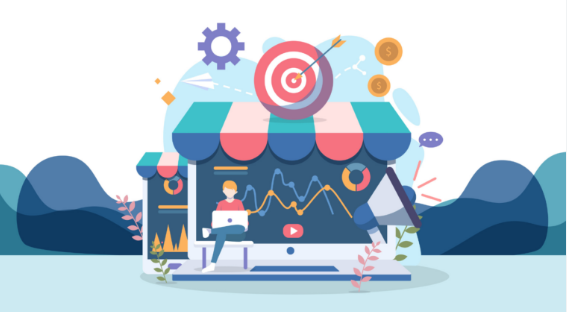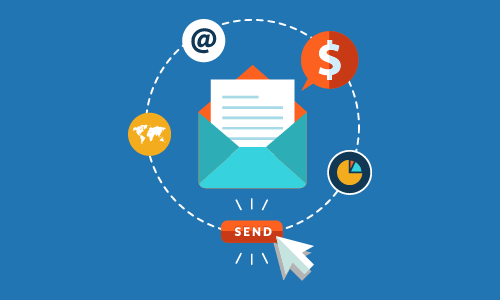Performance marketing has become an essential part of an ecommerce business’s marketing mix. Unlike traditional advertising, performance marketing focuses on measurable results and return on investment (ROI).
In this blog, we will discuss strategies to drive growth and sales through performance marketing.
Define Your Goals and KPIs
Before you start any marketing campaign, it is essential to define your goals and key performance indicators (KPIs).
Your goals may include increasing revenue, customer acquisition, or average order value. Your KPIs may include click-through rate (CTR), conversion rate, cost per acquisition (CPA), or customer lifetime value (CLV).
Once you have defined your goals and KPIs, you can create a marketing plan that is focused on achieving those goals.
Optimize Your Product Pages
Your product pages are the backbone of your ecommerce store. A well-optimized product page can not only help you rank higher in search results but can also convert visitors into customers.
Some key elements to optimize on your product pages include product titles, descriptions, images, pricing, and customer reviews.
Use Paid Advertising
Paid advertising can be a powerful tool to drive traffic and sales to your ecommerce store. Some of the most popular paid advertising channels include Google Ads, Facebook Ads, and Instagram Ads.
To get the most out of your paid advertising campaigns, it is important to target the right audience, create compelling ad copy, and continuously test and optimize your campaigns.
Leverage Affiliate Marketing
Affiliate marketing allows you to partner with other websites and influencers to promote your products. When someone clicks on an affiliate link and makes a purchase, the affiliate earns a commission.
This can be a great way to drive sales and increase brand awareness without the upfront costs of traditional advertising.
Implement Email Marketing
Email marketing is a powerful tool for ecommerce businesses. It allows you to build relationships with your customers, promote new products, and drive repeat purchases.
To get the most out of your email marketing campaign, it is important to segment your audience, personalize your messages, and use compelling subject lines and content.
Use Retargeting
Retargeting allows you to show ads to people who have already visited your website or engaged with your brand.
This can be a powerful way to re-engage visitors who didn’t make a purchase or to promote related products to customers who have already bought from you.
Monitor and Analyze Your Results
Finally, it is important to monitor and analyze your results to continuously improve your performance marketing campaigns.
Use tools like Google Analytics, Facebook Ads Manager, and email marketing software to track your KPIs and identify areas for improvement. Continuously test and optimize your campaigns to drive better results.
Conclusion
Performance marketing is a critical component of any ecommerce business’s marketing mix.
By defining your goals and KPIs, optimizing your product pages, using paid advertising, leveraging affiliate marketing, implementing email marketing, using retargeting, and monitoring and analyzing your results, you can drive growth and sales for your ecommerce business.
Ready to work smarter, not harder? Try Zavops today.







